What Does DBT Help to Treat?
Table of Contents
Dialectical behavior therapy, or DBT, is a form of cognitive-behavioral treatment developed to address intense emotional instability and self-destructive behaviors. It has since expanded into a proven approach used to treat a variety of mental health conditions. At West Side Recovery, we incorporate DBT into our care programs because it provides a structured path toward emotional stability, healthier relationships, and lasting recovery.
What Is Dialectical Behavior Therapy?
What is dialectical behavioral therapy? DBT is an evidence based psychotherapy, which utilizes standard cognitive-behavioral approaches and incorporates aspects of mindfulness and acceptance practices. Originally designed to address clients with borderline personality disorder, DBT has shown efficacy treating many disorders that feature symptoms of emotional dysregulation.
The essentials of DBT include individual therapy, group skills training, phone coaching, and therapists consultation teams. In DBT, clients learn and apply DBT skills to manage distressing situations, regulate emotions, increase interpersonal effectiveness, and remain in the present moment.
At West Side Recovery we consider DBT one component of a comprehensive treatment model, which incorporates medical detox, PHP, IOP, dual diagnosis services and holistic treatment programs including yoga and art. We want to create a safe, welcoming, structured environment for clients to promote healing and growth.
What Is DBT Used to Treat in Addiction Recovery?
Dialectical Behavior Therapy (DBT) is particularly effective for individuals dealing with substance use disorders who also have co-occurring mental health conditions. Addiction exists in a world of emotional highs and lows, impulsivity, and poor distress tolerance, and DBT addresses these issues directly by providing clients with tools to notice the emotional triggers and “urge” the person to engage with the substance.
So, what is DBT treatment in substance use disorder settings? It is both a structured approach and a skills-based approach where clients will learn to identify the emotional triggers that lead to using substances, and develop coping and other strategies to manage urges and cravings, strengthen distress tolerance, and learn how to make and maintain healthy boundaries and communication styles.
In our rehab programs, clients who are enrolled in DBT will learn about how to stay in their feelings when they are extreme, and also how to reduce dramatic behaviors that can lead to relapse. Clients will engage in therapeutic activities that help them build self-awareness and emotional resiliency.
Our program also includes opioid detox, alcohol detox, and medication-assisted treatment in helping people in the early stages of recovery. In recovery from a substance use disorder, this combination of services, which includes Dialectical Behavior Therapy, is put in place to provide a solid foundation of safety, stability and support for people in recovery, ensuring that they are receiving all available help to ensure continued success long term.
DBT for Borderline Personality Disorder and Emotional Dysregulation
DBT initially evolved to treat borderline personality disorder (BPD), which is characterized by extremes of emotion, relationship problems, and a fear of abandonment.
In patients with BPD, DBT has been found to decrease self-injurious behavior, suicidal behavior, and hospitalization. Clients acquire the ability to manage emotional fluctuation and substitute reflective responses for impulsive ones.
At West Side Recovery, we assist clients in utilizing dialectical behavior therapy to find their emotional cycles, be more present, and exhibit healthier interpersonal behavior. Within PHP, IOP, or individual therapy, DBT skills are instrumental in assisting clients in developing emotional resilience.
DBT is extremely useful for emotional dysregulation, which not only impacts those with BPD but mood disorder, trauma, and anxiety populations as well. DBT offers a way to discover stability in a manner that one may utilize on a daily basis.
DBT Techniques and Skills for Emotional Health
DBT is built around four key skill sets: mindfulness, distress tolerance, emotional regulation, and interpersonal effectiveness. These pillars serve as the framework for emotional development and behavioral control.
Mindfulness involves staying present without judgment. This is the foundation of DBT and supports better awareness and clarity. Individuals begin to recognize their patterns of thinking and behavior with greater ease.
Distress tolerance teaches clients to cope with pain and crises without making things worse. This includes methods like distraction, calming practices, and reality acceptance strategies that reduce emotional suffering.
Emotional regulation means understanding and managing emotional responses. Clients learn to name emotions, reduce vulnerability to negative feelings, and apply techniques such as opposite action to shift their mindset.
Interpersonal effectiveness focuses on building and maintaining healthy relationships. It helps people assert needs, set boundaries, and navigate social situations more constructively.
Clients practice these DBT skills in both group and individual sessions. Whether someone is in early recovery or long-term therapy, these techniques can reduce reactivity and improve emotional balance. Practicing these skills regularly helps to turn emotional awareness into everyday habits.
What Is DBT Helpful For Beyond Addiction and BPD?
Many conditions benefit from DBT. At West Side Recovery, we’ve seen DBT used to treat trauma, eating disorders, anxiety disorders, and depression.
What is DBT helpful for specifically? Some examples include reducing suicidal thoughts and self-injury, managing PTSD symptoms, helping people with chronic feelings of emptiness or anger, and improving self-image and emotional regulation.
DBT has also shown benefits for people with obsessive-compulsive disorder (OCD), bipolar disorder, and attention-deficit disorders when emotional regulation plays a significant role in symptoms.
Clients with multiple diagnoses find DBT particularly beneficial because it provides clear strategies to manage overwhelming feelings and behaviors. It bridges the gap between emotion and logic, helping people make healthier choices in real time.
Our clinicians also address how DBT fits into dual diagnosis care, where mental health and substance use are treated simultaneously. DBT gives individuals a sense of control over symptoms that once felt overpowering.
What Is an Example of Dialectical Behavior Therapy in Practice?
Imagine a person who struggles with intense anger and regularly lashes out at loved ones. In DBT, a therapist helps them identify the emotion, pause before reacting, and choose an alternative behavior like taking a walk or expressing frustration calmly.
Over time, the person learns that emotions are valid, but their actions can be controlled. This insight reduces relationship conflict and builds self-respect.
Dialectical behavior therapy examples like this are common in our programs, where clients practice real-life applications of DBT skills every day. Whether dealing with family dynamics, peer pressure, or internal conflict, DBT techniques help individuals create better outcomes.
DBT vs CBT: What’s the Difference?
CBT and DBT are related but serve different purposes. DBT vs CBT becomes clear when you understand their focus.
CBT centers on changing thoughts to change behavior. DBT accepts the presence of strong emotions but teaches balance and acceptance along with change.
For individuals with intense emotional reactions or self-harming behaviors, DBT provides more targeted support. CBT may work better for issues like phobias or depression without suicidal ideation.
At West Side Recovery, both therapies are available, depending on a client’s diagnosis and goals. Clients may move between CBT and DBT approaches as they gain insight and stability. Having access to both allows for greater flexibility in care.
How West Side Recovery Uses Dialectical Behavior Therapy
Our treatment model blends evidence-based therapies with creative and physical outlets. DBT is part of our therapeutic foundation.
Clients may participate in DBT groups during partial hospitalization (PHP) or intensive outpatient (IOP) care. Our team guides each client through real-life scenarios using DBT techniques and supports consistent practice through follow-up sessions.
Alongside DBT, we offer medical detox and stabilization, addiction treatment programs, holistic approaches like yoga, surfing, and nutrition, as well as trauma-informed therapy and dual diagnosis support.
West Side Recovery provides DBT therapy that is accessible and grounded in practical strategies. If you are looking for DBT therapy near San Diego, we offer a supportive and effective path.
Call West Side Recovery Today
DBT is a proven approach for treating emotional dysregulation, addiction, borderline personality disorder, trauma, and more. If you or a loved one is struggling, DBT can offer clarity and control.
At West Side Recovery, we integrate DBT into a broader care plan that includes therapy, detox, and supportive services. Our experienced team is here to walk with you every step.
To start treatment or learn more, call West Side Recovery at 619-853-1670 today.
FAQs
Dialectical behavioral therapy (DBT) is a form of talk therapy focused on helping people manage intense emotions and improve relationships.
DBT is used to treat borderline personality disorder, addiction, self-harm, PTSD, and other conditions involving emotional instability.
DBT skills include mindfulness, distress tolerance, emotional regulation, and interpersonal effectiveness, which help people cope with stress and improve daily functioning.
The six main points often refer to its goals: improve emotional regulation, decrease harmful behavior, enhance self-respect, build coping skills, improve relationships, and encourage acceptance.
Pros include structure, practical tools, and emotional support. Cons may involve time commitment and emotional difficulty during the learning process.




